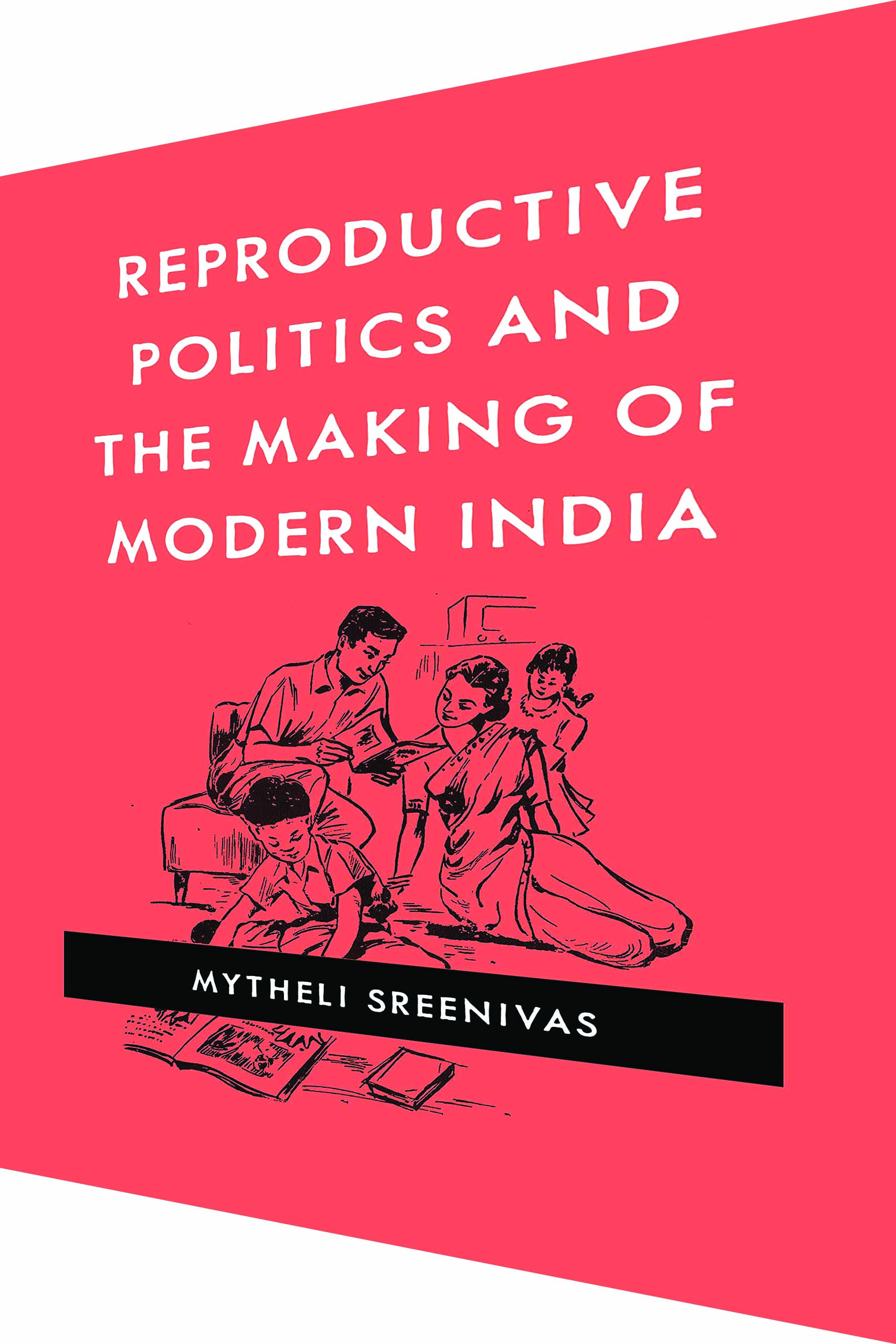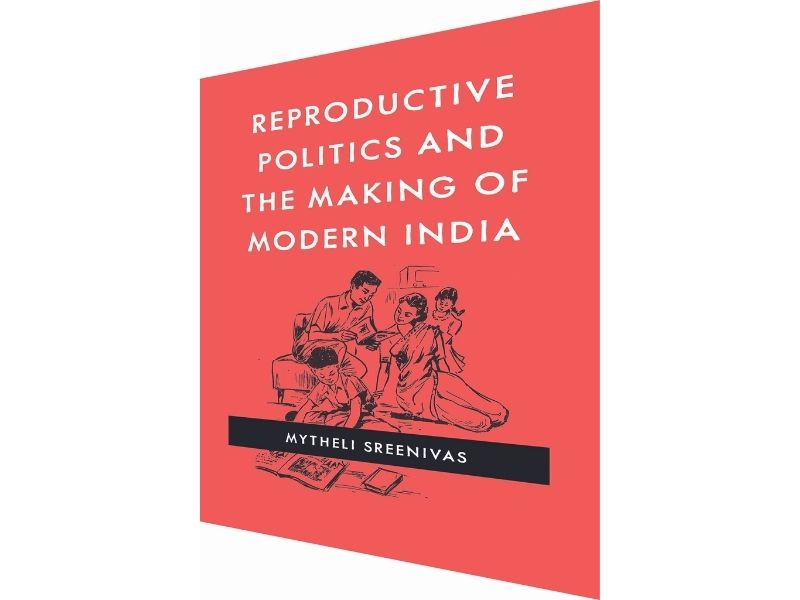
Reproductive Politics & the Making of Modern India
Mytheli Sreenivas
Women Unlimited
Rs.875 Pages 274
Politically correct, influential people in policy making circles in the West don’t talk any more of the ‘yellow peril’, or use phrases such as ‘population explosion’ and metaphors like the population bomb. At the same time, partly due to the very reach and influence of such doomsday demographic discourses emanating from the West in the past, and modified versions today, elites and the middle classes in all third world nations remain convinced that the cause of social and economic problems in their own countries stem primarily, if not exclusively, from population growth.
Population control became a policy matter for a diverse range of interests in the 1950s. For Cold War concerns, US policy wonks believed the best way to check the spread of communism was through population control. The argument was simple, too simple. Population growth leads to poverty and poverty leads to communism. So the US poured money into population control programmes around the world.
In colonial India — without any evidence — population growth, rather than imperial policies, were seen as the cause of devastating famines in the 19th century. As the author Mytheli Sreenivas notes, “Population anxiety was not due to any demonstrable increase in numbers. In fact, and in contrast to Western Europe at the time, population in most parts of India stagnated between 1870 and 1920”.
Meanwhile, by government’s own estimate, famine took a toll of 5 million lives between 1876-78. In both the above arguments, you will notice no mention of structures of imperialism and colonialism that perpetuated poverty.
Eugenicists wanted population control as they believed the dirty, stupid and poor, out-breed the best and the brightest. In India, this translated into upper caste anxieties relating to “reproductive profligacy” of poor, lower castes. Economists wanted population control because population growth apparently consumed resources that could otherwise be invested productively. They spoke of a “demographic trap” into which third world countries had fallen because of runaway population growth. All of them wanted state-imposed policies to control reproduction of lower classes/castes.
Sreenivas’ very important book follows arguments about population from the late 19th century — the era of colonial famines to the post-Emergency years in India — years of discourse on population control ‘excesses’. Meticulous archival work and citation of secondary literature including classics by Mathew Connelly, Eric Ross, Kamran Asdar Ali, Sarah Hodges, Betsy Hartmann, Sanjam Ahluwalia, and the Black feminists of the reproductive justice movement, invest this work with profound theoretical coherence.
Two things stand out. Her assessment of pre-independence feminist luminary Kamladevi Chattopadhyay and reactions to Katherine Mayo’s book Mother India which Gandhi is reported to have described as a gutter inspector’s report. “At its core, Mother India argued that Indians’ sexual and reproductive practices rendered their bodies unfit for political sovereignty”.
Thus nuptiality, sexuality and reproduction entered the heart of discussions around India’s freedom. Were Indians, Hindus in particular, lacking in masculinity? Early Hindu reformers certainly thought so as they sought to remake the Hindu male body more masculine, more like their Muslim and British ‘conquerors’.
The early Indian women’s movement under the mentorship of messiah of medicalised birth control, Margaret Sanger, made an argument for population control both on eugenic grounds and on the grounds of woman and child health to strengthen the “national race”. The most acute critiques of the population question came from Radhakamal Mukherjee and Kamladevi Chattopadhyay. Sreenivas quotes Chattopadhyay as saying “masculine-dominated society always stresses the importance of women as a breeder (sic)”. But with contraception, a woman “freed from the penalty of undesired motherhood will deal a death blow to man’s vested interest in her. He can no more chain and enslave her through children”.
Chattopadhyay’s arguments were far ahead of her times and fell foul on the ears of male population controlwallahs as policy makers, eager to induct feminist population controllers, such as Dhanvanthi Rama Rau and Avabai Wadia into drafting the First Five Year Plan. Thus India became the first country in the world to have an official, state-sponsored, family planning programme.
Sreenivas traces how the discourse on population control was always global as much as national. Elite Indian men and women gave it a local touch by bringing caste and communalism into their eugenic arguments.
Concerns about lower-caste and Muslim rates of population growth, as opposed to upper castes, entered the discourse fairly early. Hindutva propaganda today about that bogey — Muslim rates of population growth — continues to frame initiatives such as the recent UP and Assam state population policies and seemingly pays rich political dividends.
It’s not entirely possible to do justice to a text as rich as this in the space of a review. The book is recommended reading not just for scholars of modern Indian history, but for health and population policy makers, scholars in public health and gender studies, students of demography and population studies, and of course medical sociologists and medical anthropology.
Mohan Rao (The Book Review)
Also read: Refreshing honesty & erudition: Home in the World
